Adoration of the shepherds (by Lavinia Fontana)
Oil on canvas, cm 75 x 103
With frame, cm 89 x 112
The present painting, depicting an Adoration of the shepherds, is based on a work by Lavinia Fontana (1552-1614), now housed in the museum of San Domenico di Imola. With Fede Galizia and Artemisia Gentileschi, Lavinia Fontana was one of the first painters to portray biblical scenes, preferring in particular female characters such as Judith and Mary Magdalene.
Lavinia Fontana, like almost all the painters from the Renaissance to the nineteenth century, was a daughter of art: her father, Prospero, was in fact an established painter from Bologna and his first teacher.
Prospero Fontana was not only an established painter, but also a humanist, a cultured man, refined and well-integrated in the cultural circles of the city: he frequented intellectuals and painters, including Annibale and Ludovico Carracci (slightly younger than him), Lorenzo Sabbatini and Giambologna.
In 1577 Lavinia married Giovanni Paolo Zappi, a painter generally considered of mediocre artistic level, son of a rich merchant from Imola, who was instrumental to the career of Lavinia, becoming de facto her agent.
At the end of the sixteenth century Lavinia Fontana Zappi was now an established painter who painted mainly portraits of the notables of Bologna, especially the nobildonne, for whom to be portrayed by the well-known "painter" became almost a fashion.
In 1583 the "painter" received the first public commission, that is to say that of an altarpiece for the cathedral of Imola, home town of her husband. It is the first religious work, for a religious client and destined to a church, painted by a woman in the history of Western art.



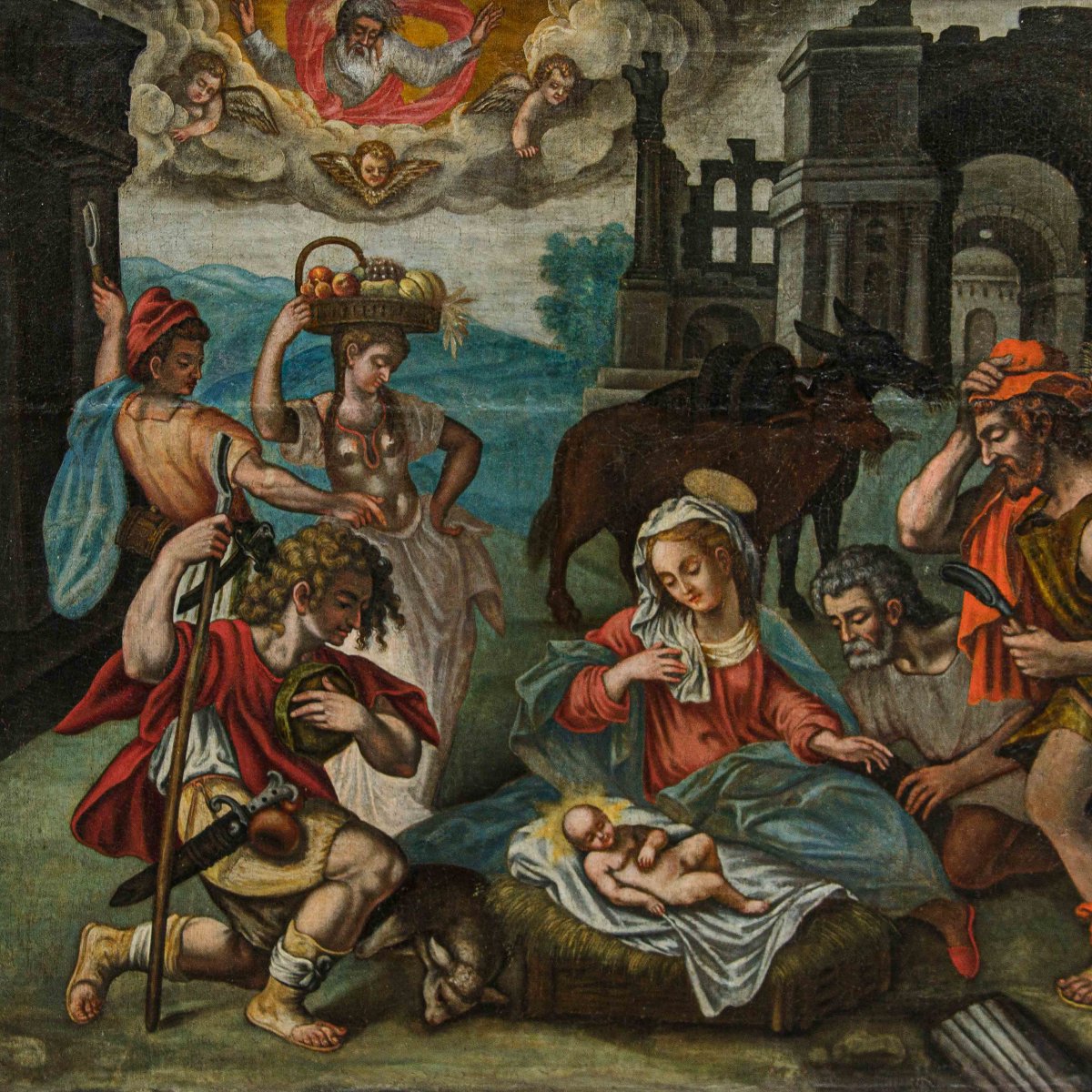
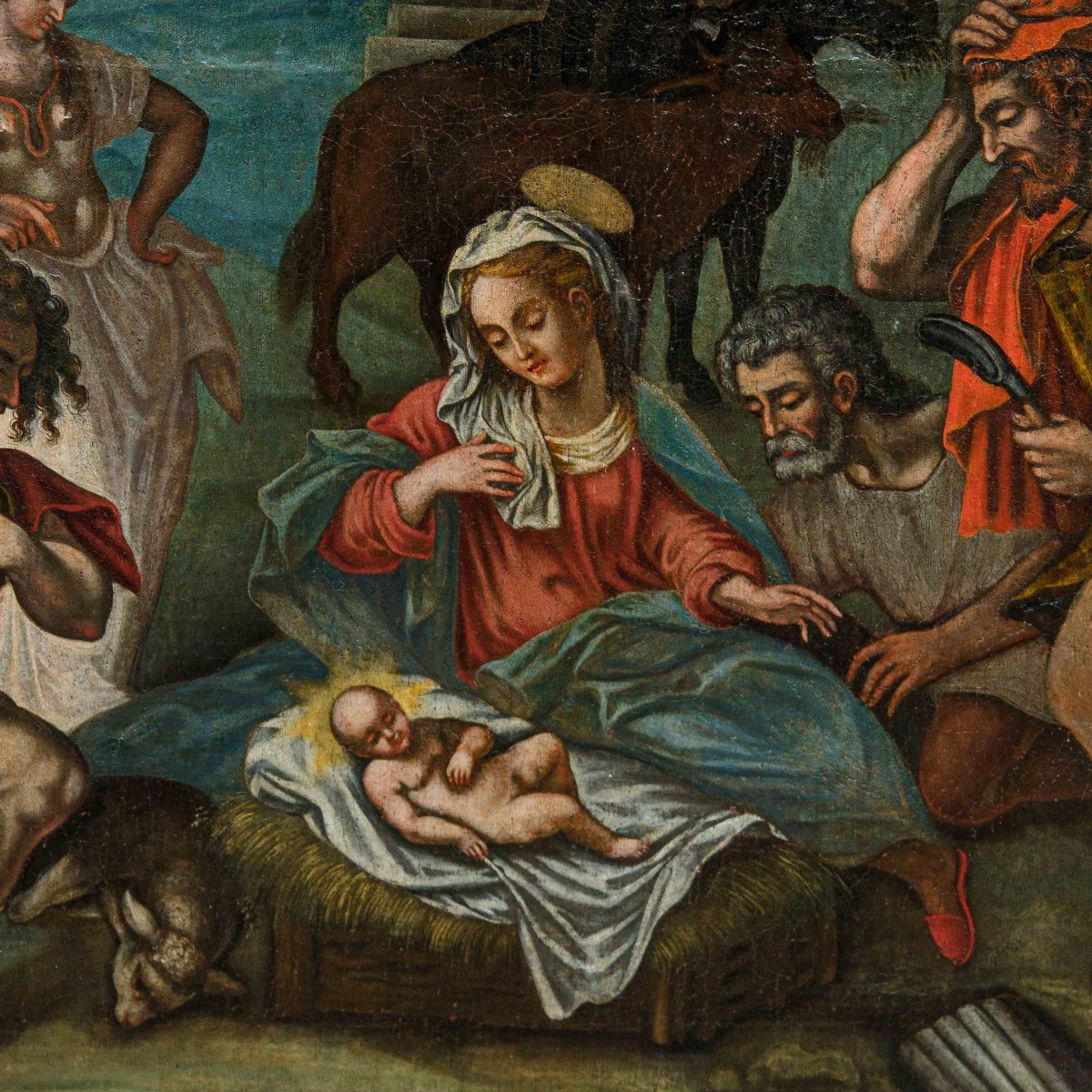
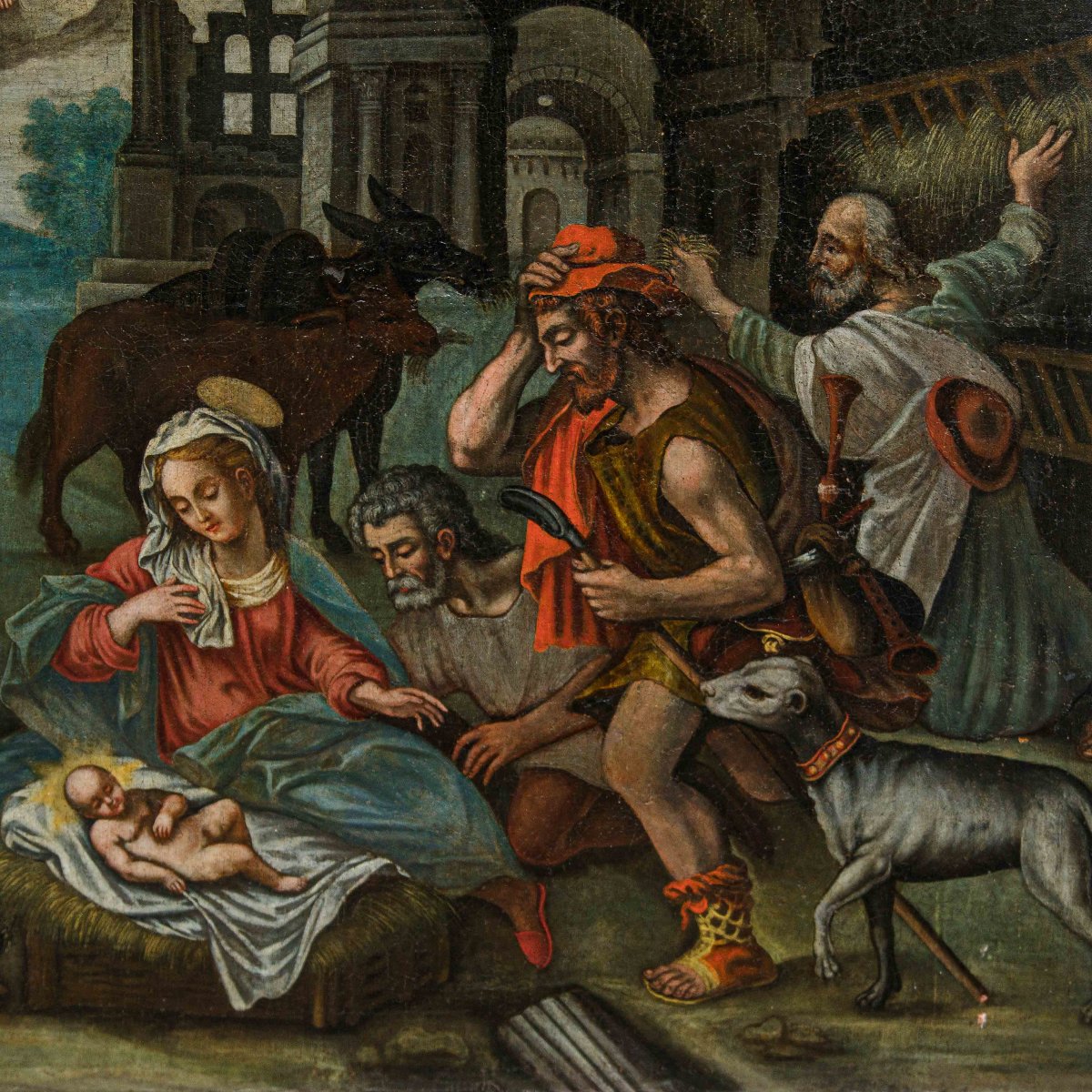



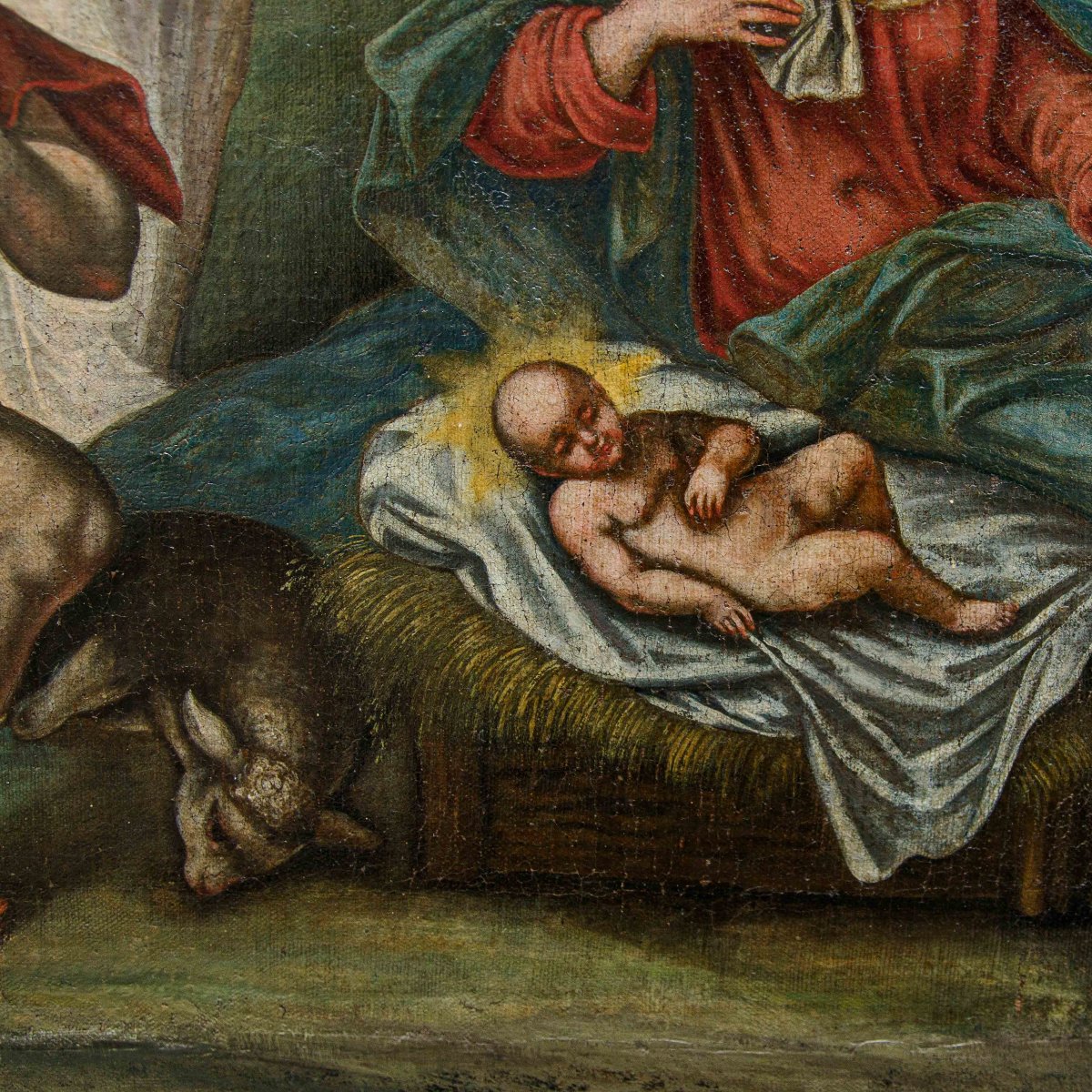
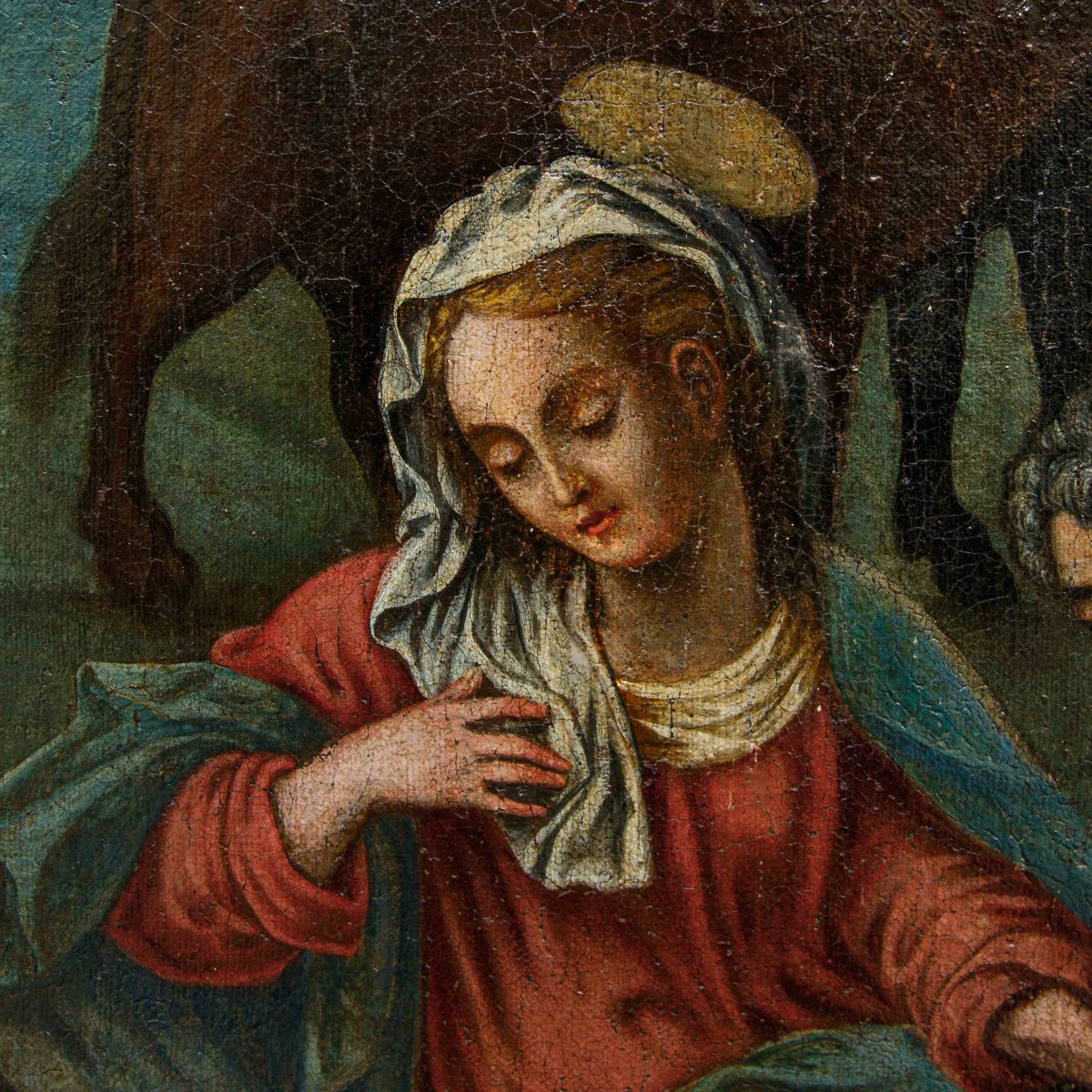

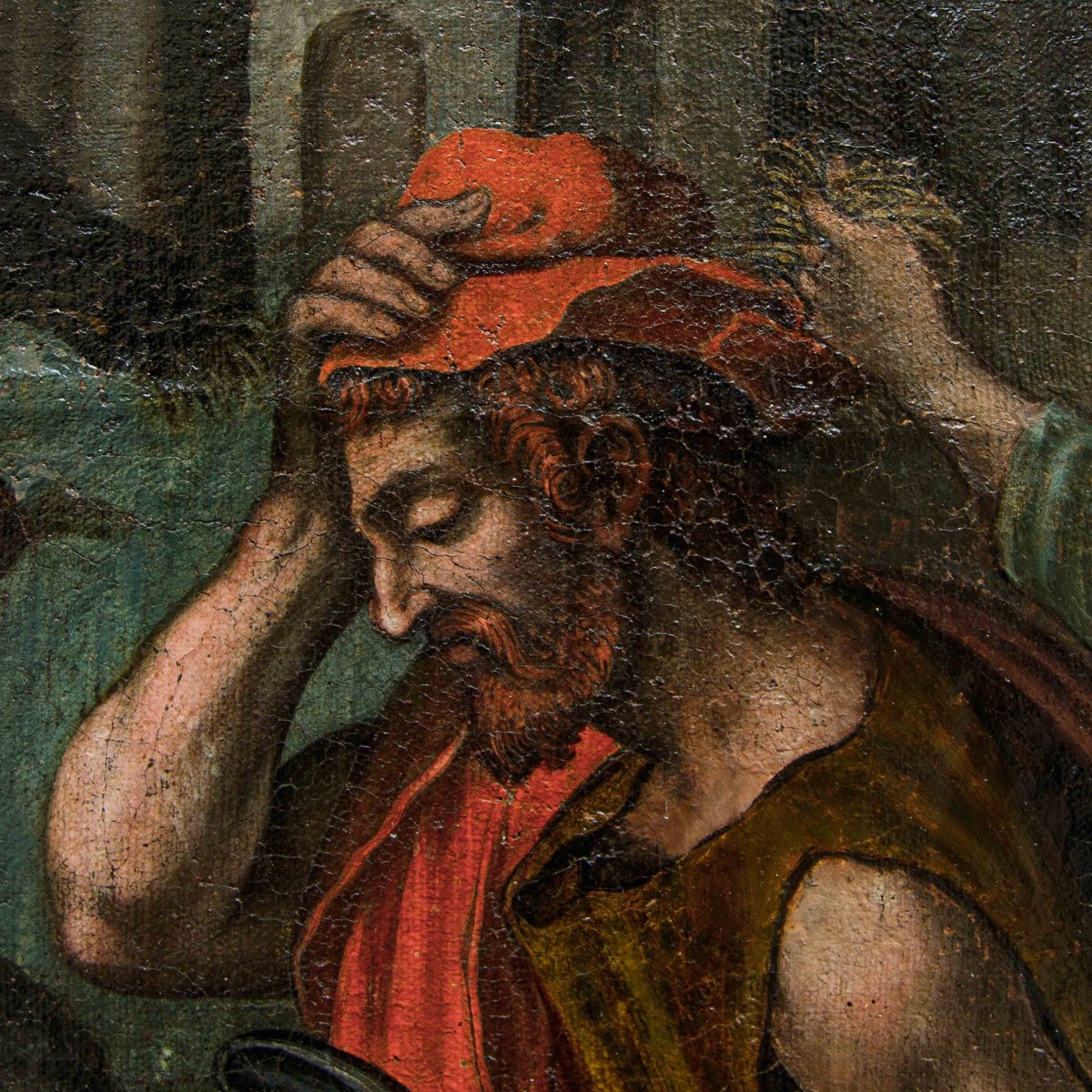
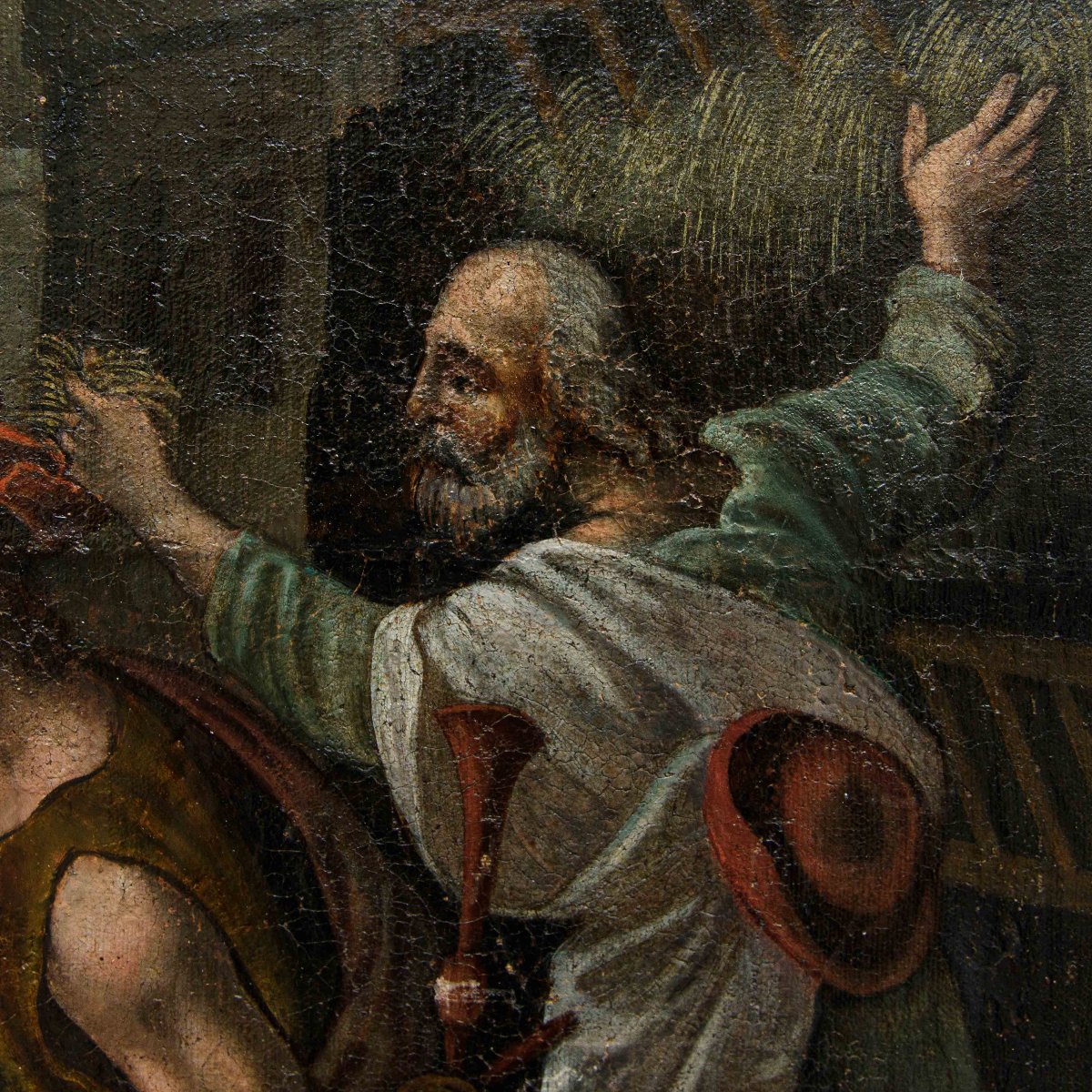

















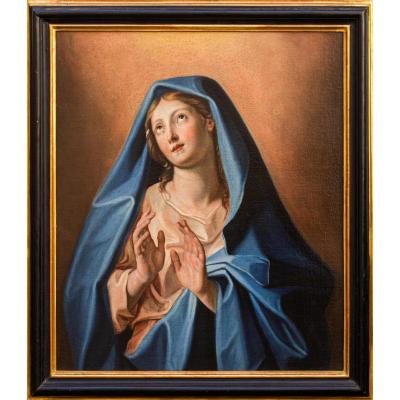


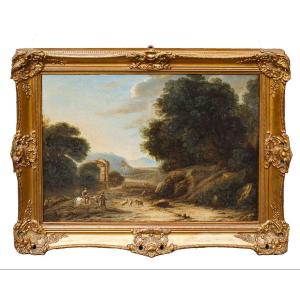
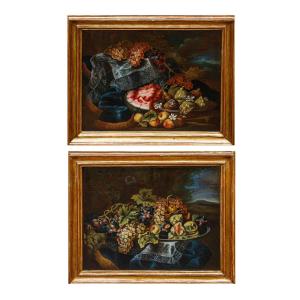

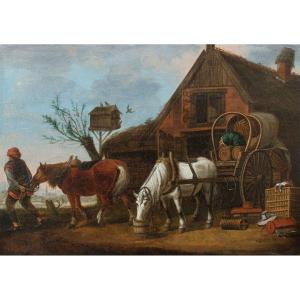
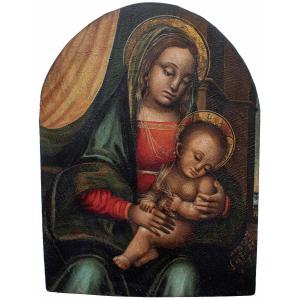




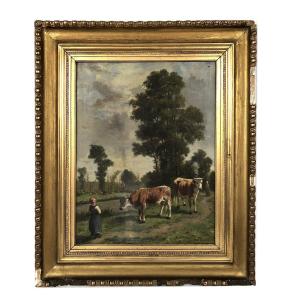






 Le Magazine de PROANTIC
Le Magazine de PROANTIC TRÉSORS Magazine
TRÉSORS Magazine Rivista Artiquariato
Rivista Artiquariato